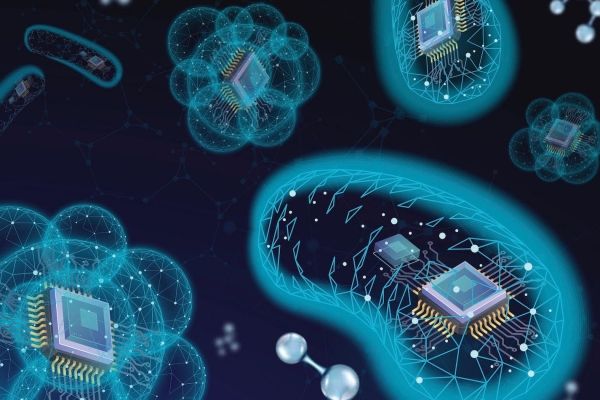Secondary metabolites – the compounds produced by microbes to mediate internal and external messaging, self-defense, and chemical warfare – are the basis for hundreds of invaluable agricultural, industrial, and medical products. And given the increasing pace of discovery of new, potentially valuable secondary metabolites, it’s clear that microbes have a great deal more to offer.
Now, a team of microbiologists and genomicists led by the Department of Energy Joint Genome Institute (JGI) has invented a genetic engineering tool, called CRAGE, that could not only make studying these compounds much easier, but also fill significant gaps in our understanding of how microbes interact with their surroundings and evolve. Their work, a collaboration with Goethe University Frankfurt and DOE Environmental Molecular Sciences Laboratory (EMSL), is published in Nature Microbiology.
Diving into microbiomes
Secondary metabolites are thusly named because their activities and functions aren’t essential for a microbe’s survival, yet they may give the organism an advantage in the face of environmental pressures. Encoded by groups of genes called biosynthetic gene clusters (BGCs), the ability to produce these metabolites is easily passed back and forth among both closely and distantly related microbes through horizontal gene transfer. This rapid and widespread sharing allows microbes to adapt to changing conditions by quickly gaining or losing traits, and because the frequent swapping introduces mutations, horizontal gene transfer of BGCs drives the development of diverse compounds.
Read more at DOE / Lawrence Berkeley National Laboratory
Image: An illustration imagining the molecular machinery inside microbes as technology. (Credit: Wayne Keefe/Berkeley Lab)


